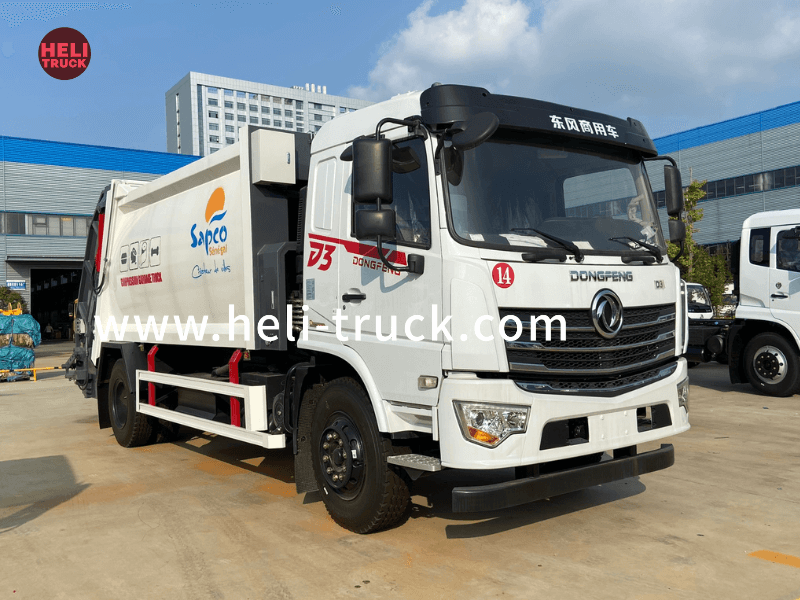Introduction (Word Count: 300)
Garbage compactor trucks play a crucial role in waste management systems, enabling efficient and safe collection and disposal of solid waste. With the increasing demand for effective waste management solutions, it is essential to understand the various features and capabilities of different garbage compactor truck models. This article aims to provide an in-depth comparison of the key features and functionalities of garbage compactor trucks available in the market, helping waste management professionals and decision-makers make informed choices.
1. Types of Garbage Compactor Truck s (Word Count: 400)
There are several types of garbage compactor trucks available, each designed to cater to specific waste management needs. These include rear loader compactor trucks, side loader compactor trucks, and front loader compactor trucks. Each type has its unique advantages and limitations, and it is important to consider the specific requirements of the waste management system before selecting the appropriate type.
2. Capacity and Compaction Ratio (Word Count: 500)

The capacity and compaction ratio of a garbage compactor truck are crucial factors in determining its efficiency and productivity. The capacity refers to the volume of waste that can be loaded into the truck, while the compaction ratio indicates how efficiently the waste is compacted. A higher compaction ratio enables a larger waste load to be collected before disposal, reducing the frequency of trips and optimizing operational costs.
3. Waste Handling Mechanism (Word Count: 600)
The waste handling mechanism is a critical feature of garbage compactor trucks and directly impacts the ease of waste collection and disposal. This section will explore various waste handling mechanisms such as hydraulic systems, automated lifting arms, and container transfer systems. Understanding the pros and cons of each mechanism is vital in selecting a garbage compactor truck that aligns with specific waste management requirements.
4. Safety Features (Word Count: 500)
Safety is of utmost importance in waste management operations, and garbage compactor trucks should be equipped with essential safety features. These may include rearview cameras, proximity sensors, emergency stop systems, and automatic warning signals. This section will delve into the safety features available in different garbage compactor truck models and their significance in ensuring worker and public safety.
5. Maintenance and Durability (Word Count: 400)
Garbage compactor trucks are subjected to rigorous and demanding conditions, necessitating regular maintenance and robust construction. This section will discuss the importance of choosing a truck with a reliable and durable build, emphasizing features such as corrosion resistance, easy access for maintenance, and availability of spare parts.
6. Technological Advancements (Word Count: 600)
The waste management industry is evolving rapidly, and technological advancements are revolutionizing garbage compactor truck designs. This section will explore emerging technologies such as telematics systems, remote monitoring, and automated route optimization. Understanding these advancements and their potential benefits can aid in selecting a garbage compactor truck that is equipped for the future.
Conclusion (Word Count: 300)
Selecting the right garbage compactor truck is crucial for efficient waste management operations. By considering factors such as the type of truck, capacity, compaction ratio, waste handling mechanism, safety features, maintenance requirements, and technological advancements, waste management professionals can make informed decisions. This comprehensive comparison of garbage compactor truck features aims to empower decision-makers in selecting the perfect waste management solution, ultimately contributing to a cleaner and more sustainable environment.
